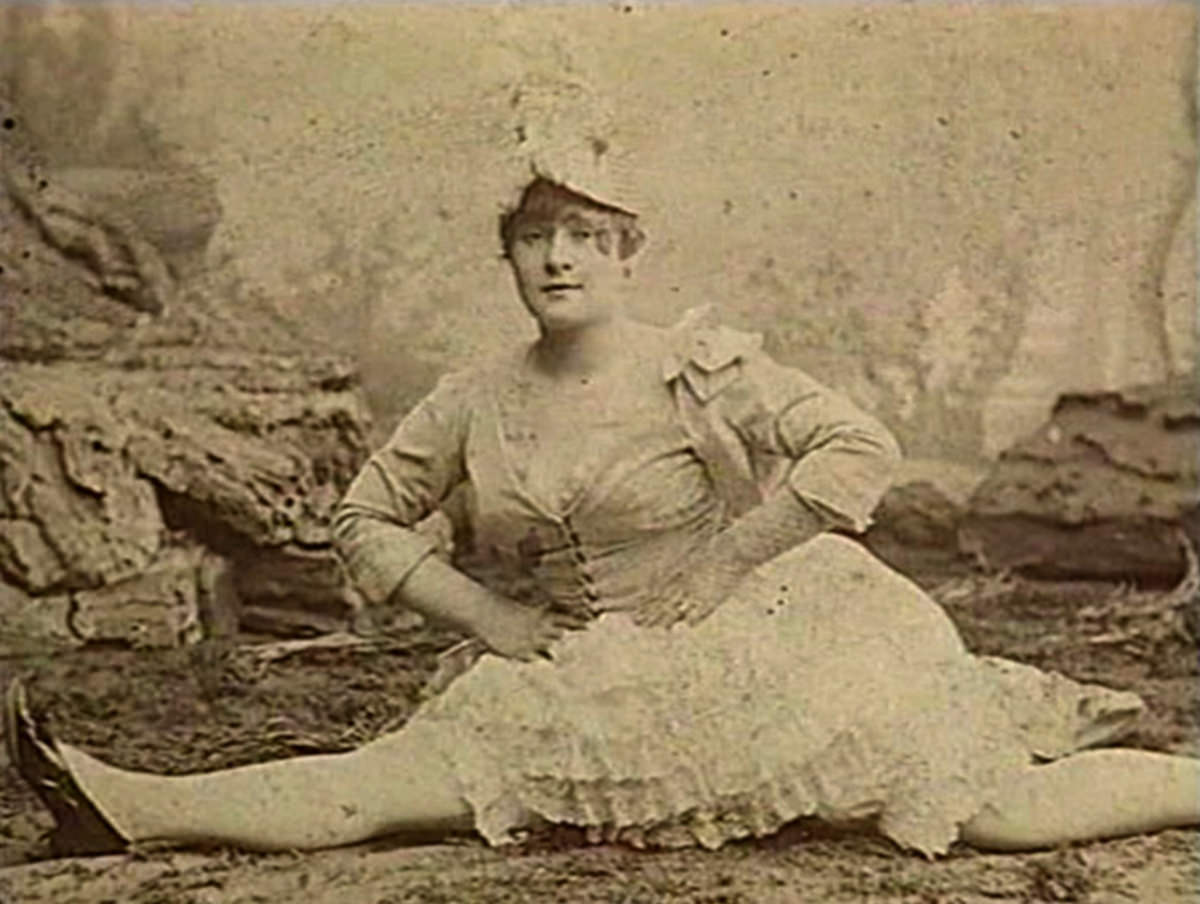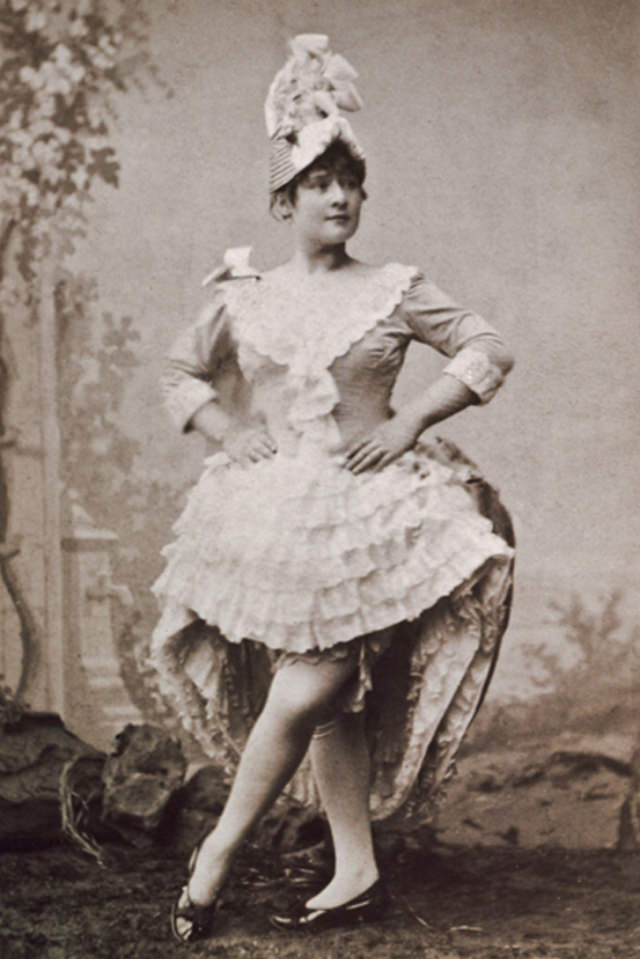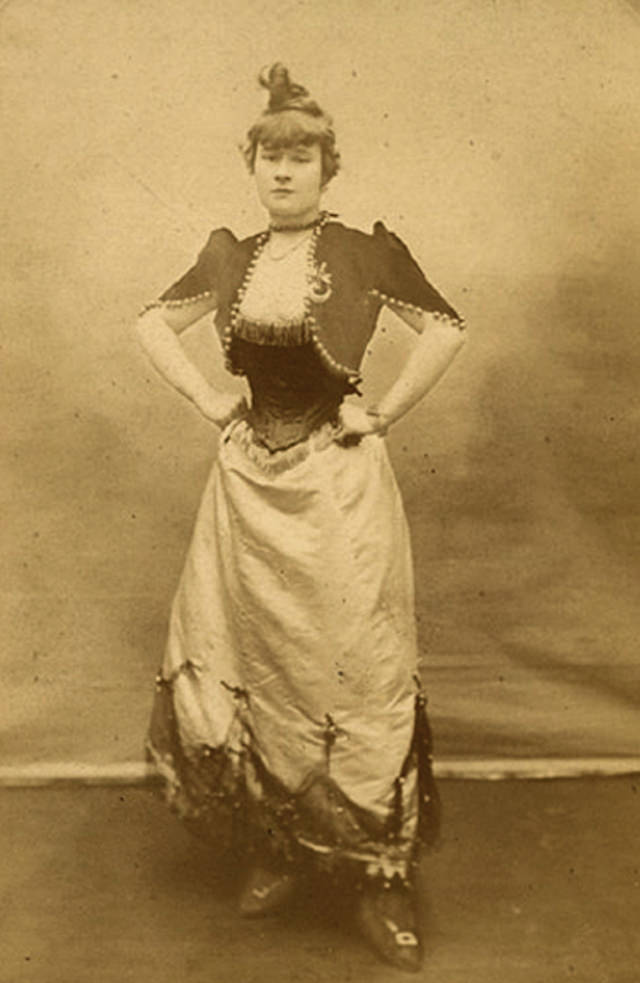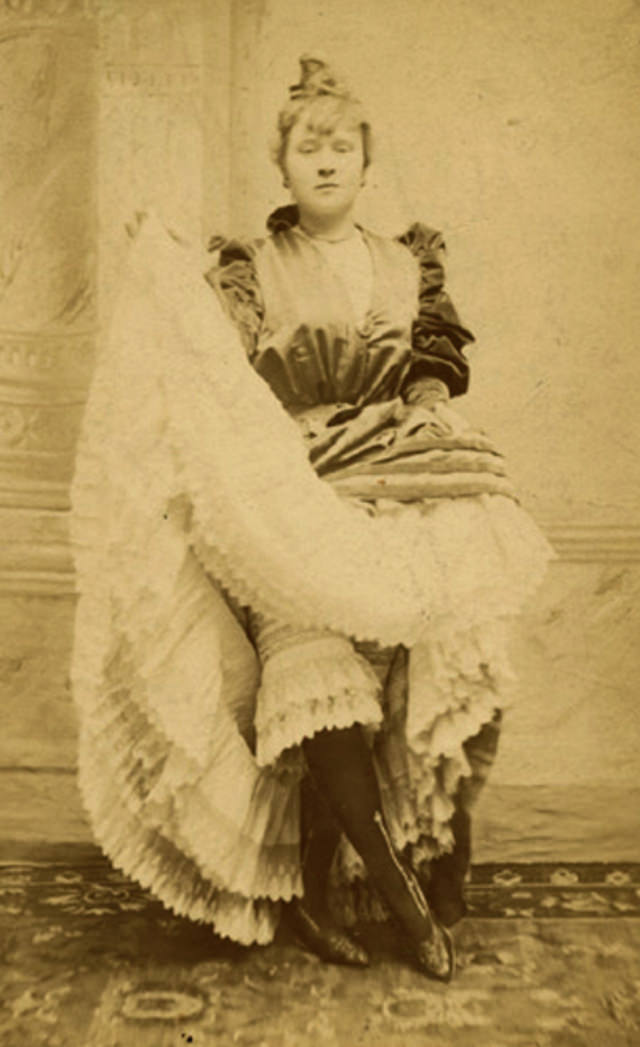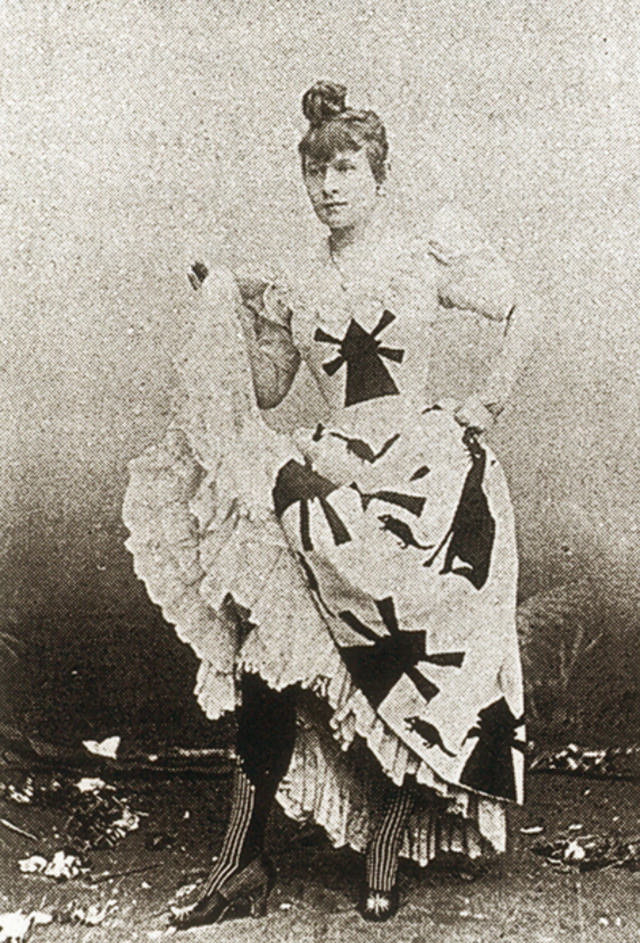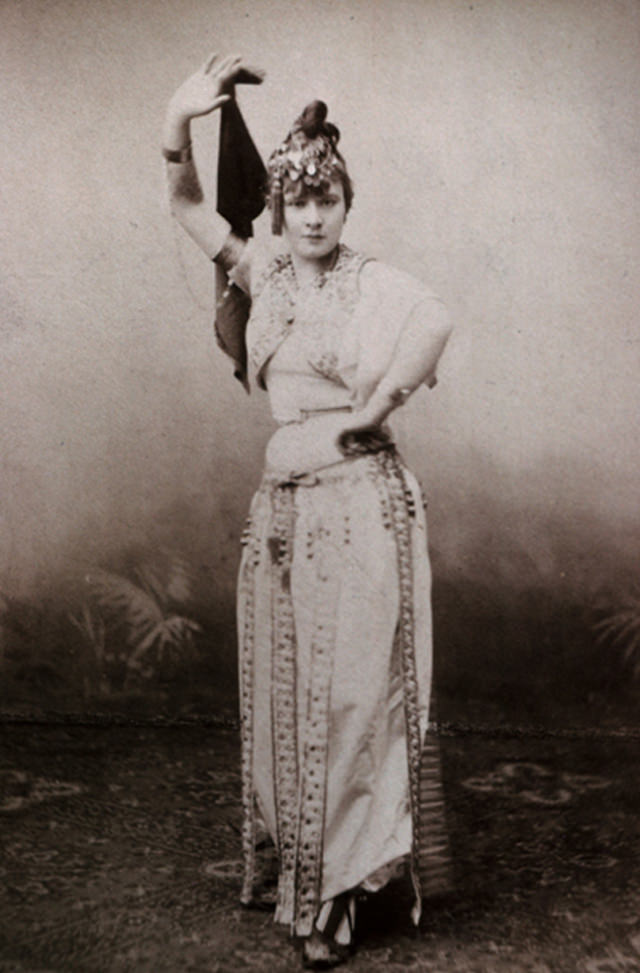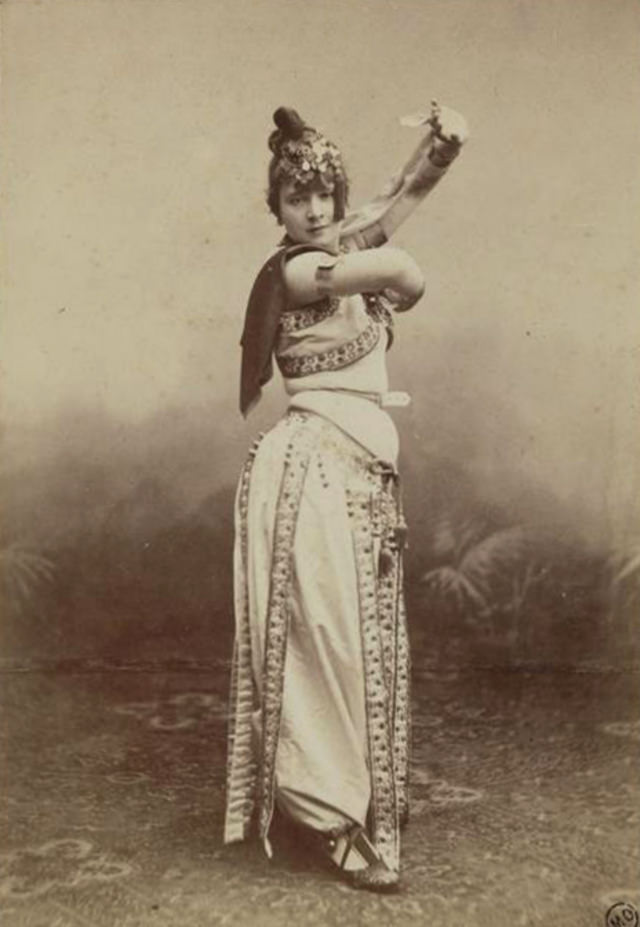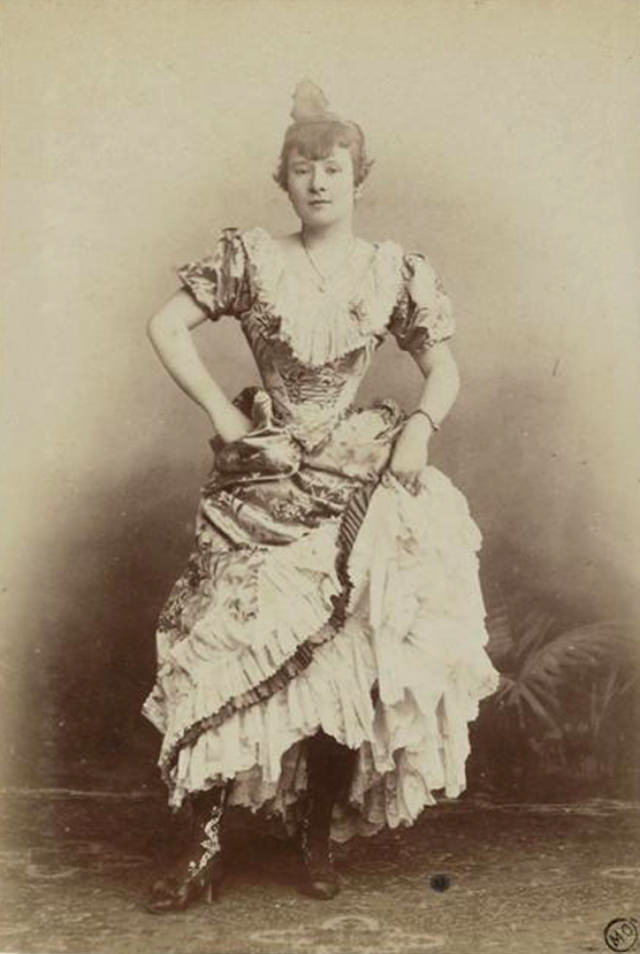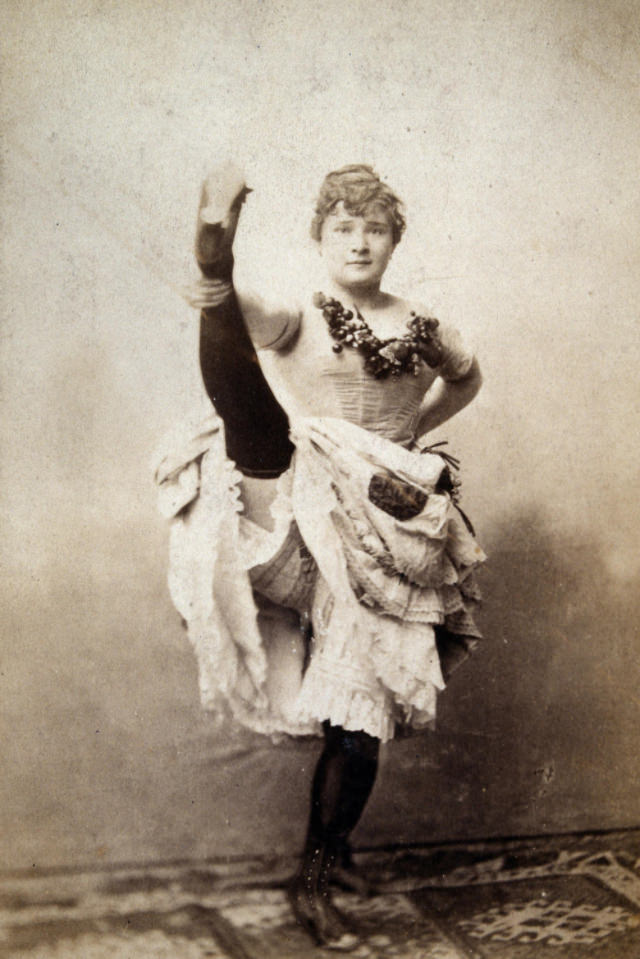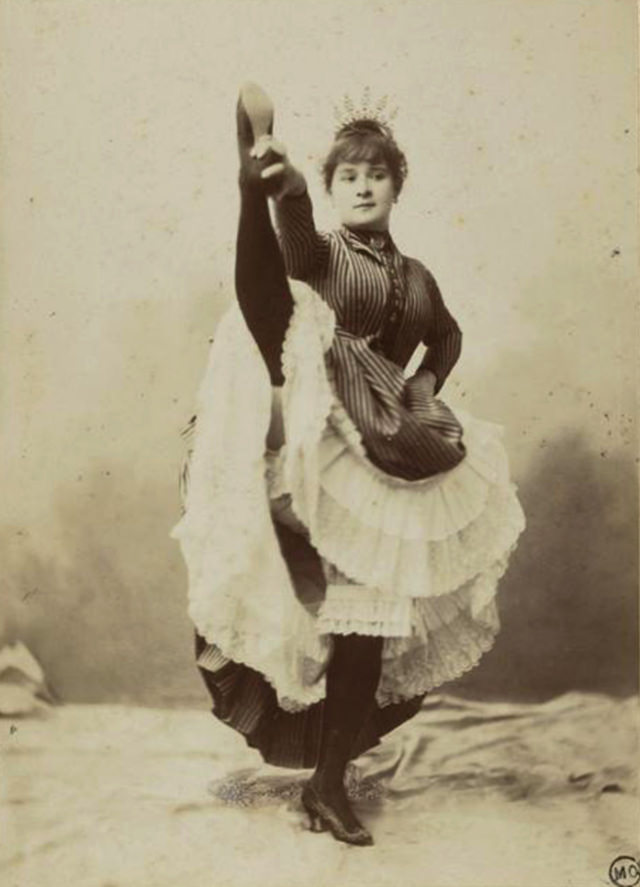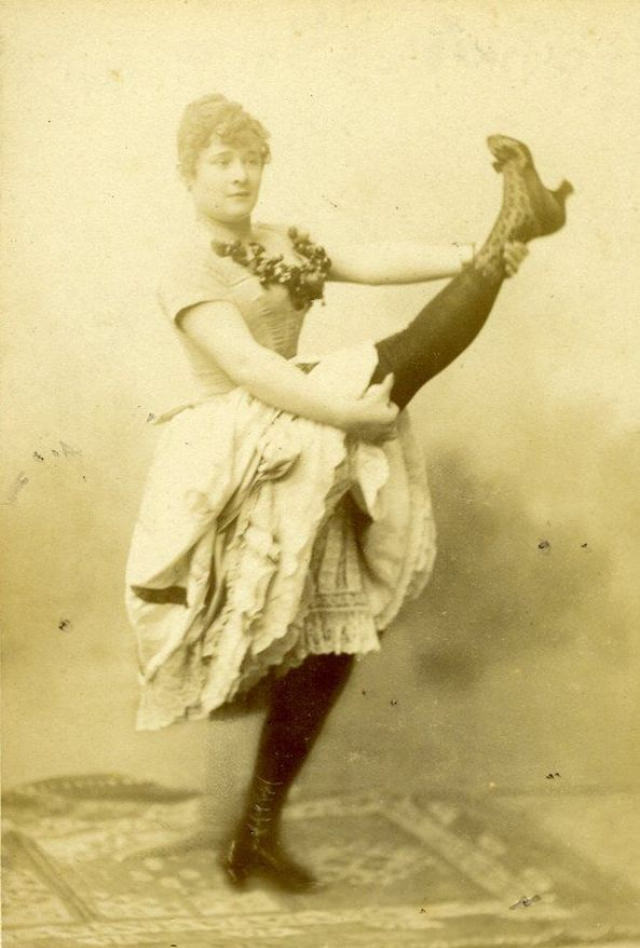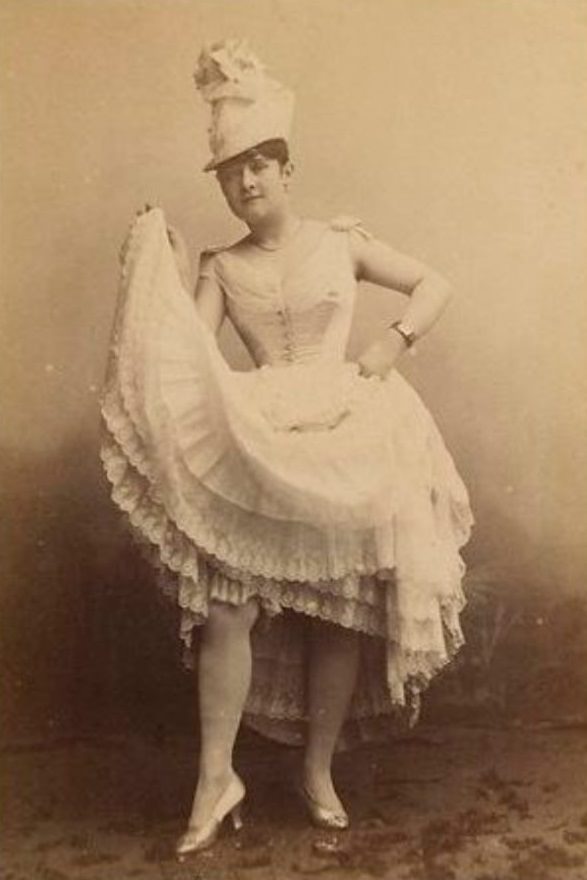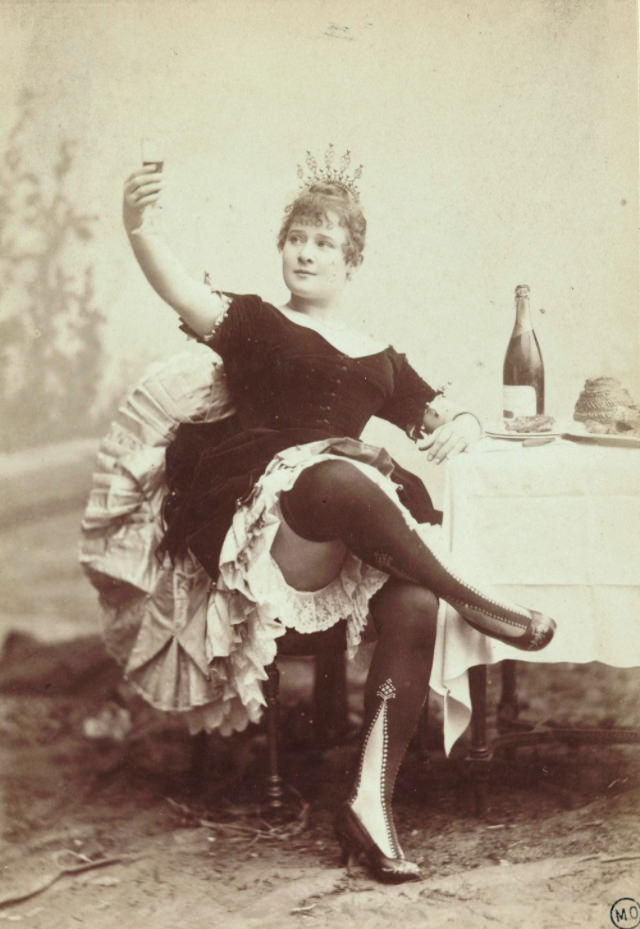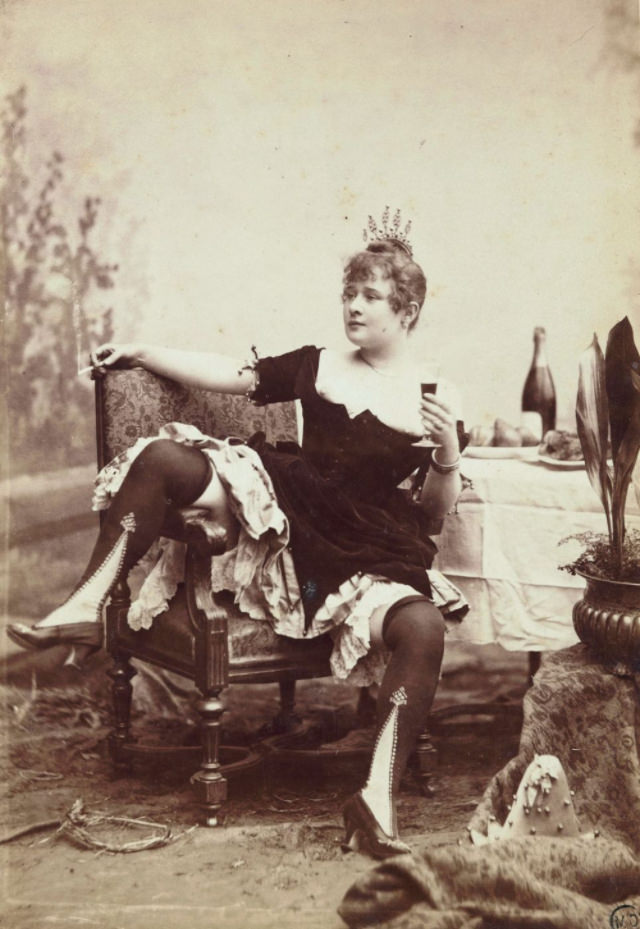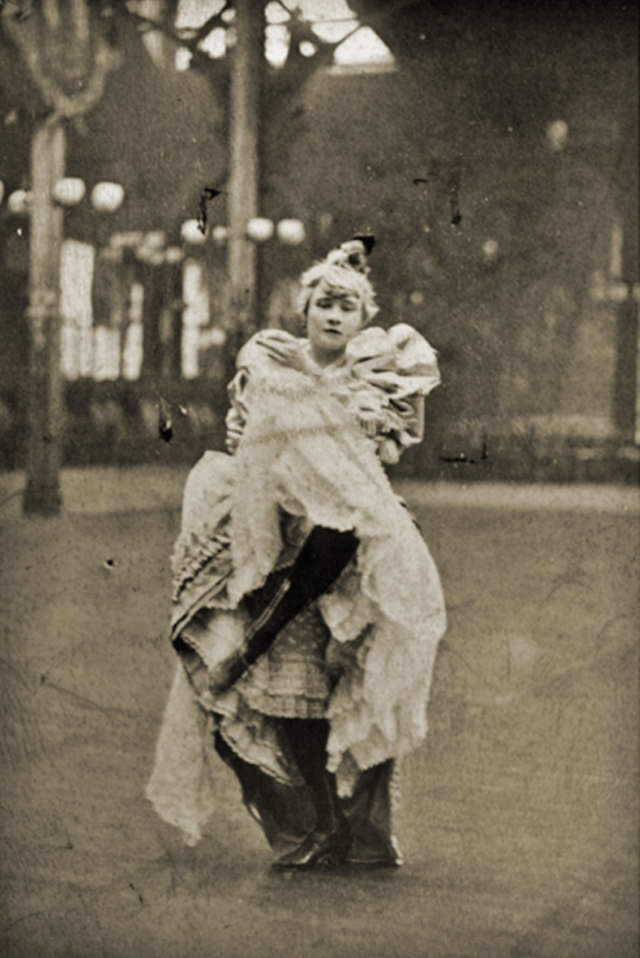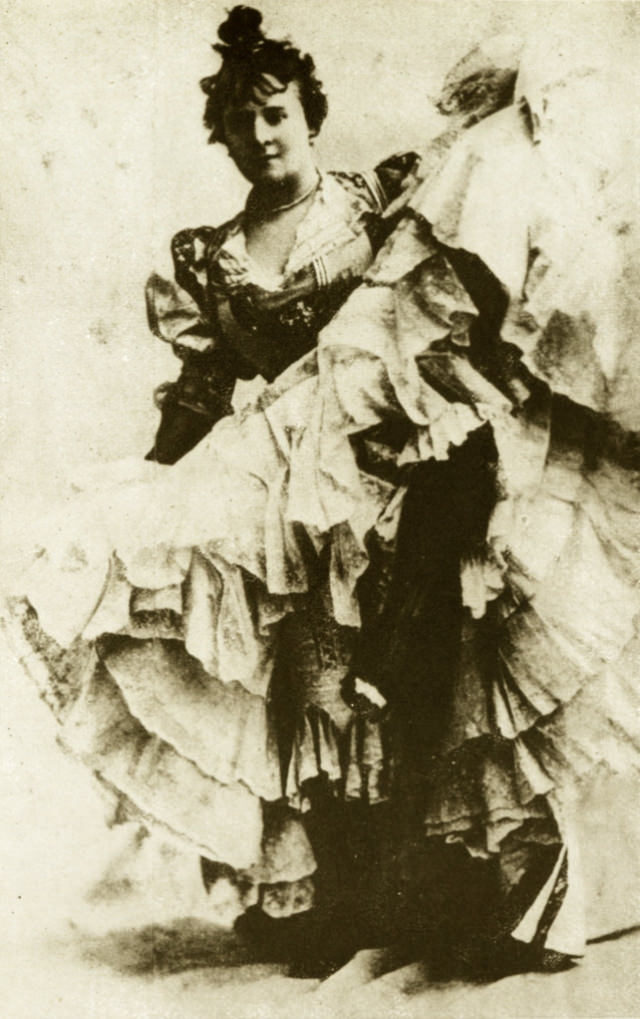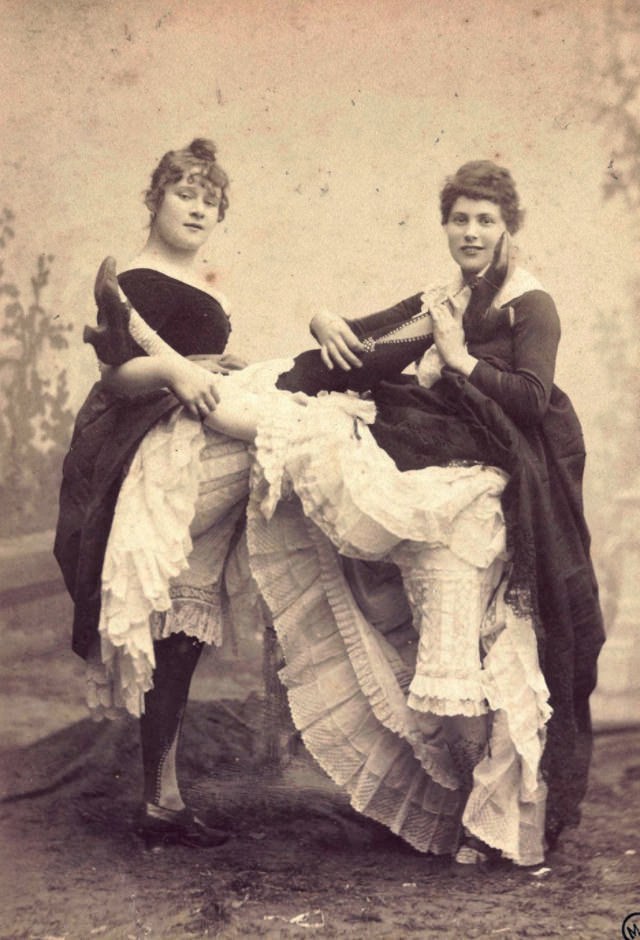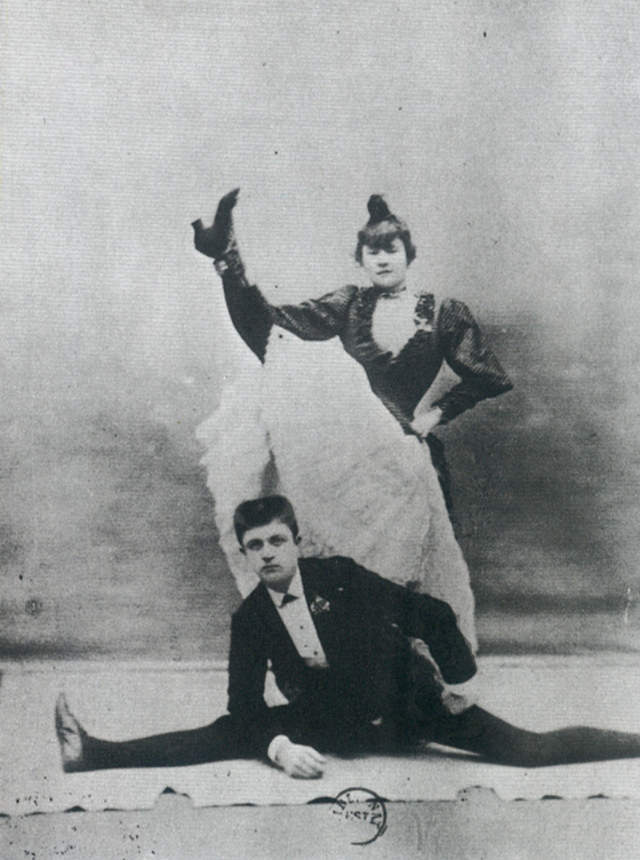There were dance halls, brothels, and theatres at the Moulin Rouge in Paris in the 19th Century. People of all backgrounds gathered there to experience the revolutions of society. An undeniable elasticity ruled the dance floor, where morals and boundaries were blatantly ignored. A young dancer moved across the stage with an air of seduction and inspiration. With can-can rhythms and revealing kicks, these dancers came to life. The rapidly changing atmosphere brought them to life. Among these dancers was La Goulue, the famous, shameless “Queen of Montmartre.”
Louise Weber (July 12, 1866 – January 29, 1929), aka La Goulue, was one of the most famous dancers at the Moulin Rouge. She had a daring and outspoken spirit. Her personality was captivating in its promiscuity. She loved to dance. From an early age, Weber worked in the laundry with her mother, cleaning the clothes of those less fortunate. While Weber worked as a laundress, she danced and fantasized about a life of no rules in the dance halls of society, which changed roles. To avoid her mother’s wrath, Weber borrowed the garments left at the laundry by her customers to enter the world where she truly belonged, that of movement and dance. Louise Weber became known as “the Glutton,” La Goulue, for dancing on tables in small clubs around Paris, flipping off men’s hats with her toes, charming audiences with her fearless power and stance, revealing a heart embroidered on her underwear, and downing the contents of nearby customers’ drinks.
The very flexible Valentin le Desosse, known as La Goulue, was present when the Moulin Rouge opened with Jacques Renaudin. La Goulue became the main attraction of the dance hall after performing the “chahut,” an early form of the can-can. She was a seductive sensation and a wild woman of fame. As the highest-paid entertainer of her day, she earned her audacious charm and thrilling movement. La Goulue was a dancer of great interest to Toulouse-Lautrec, who immortalized her in his many paintings.


